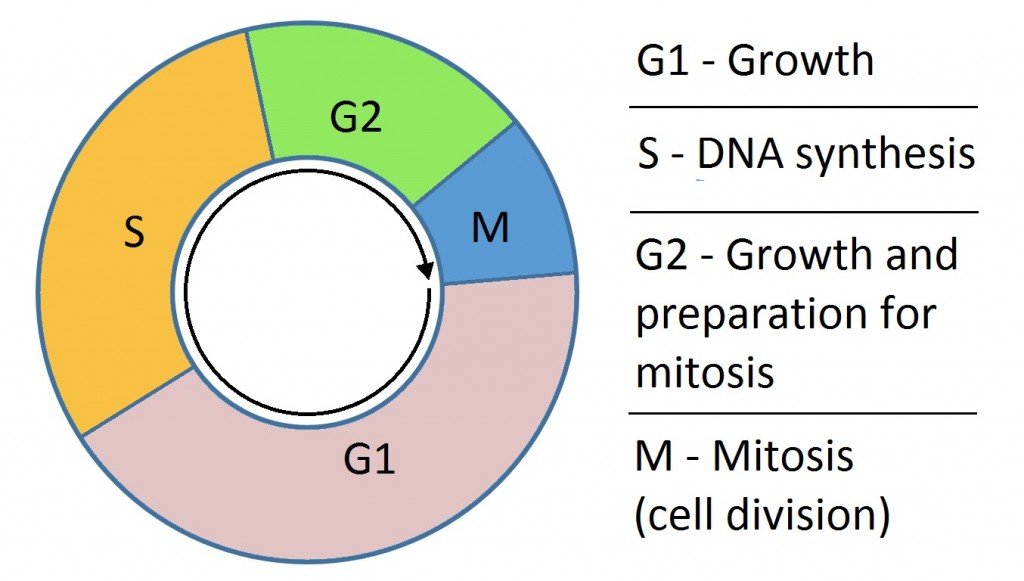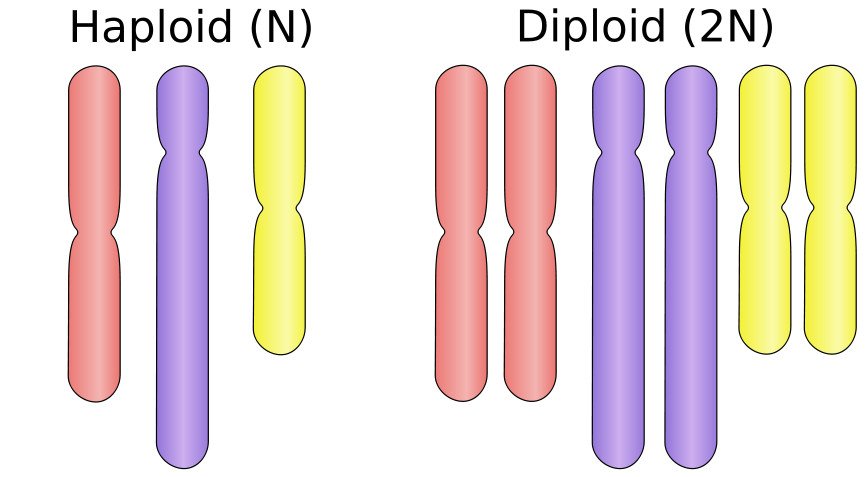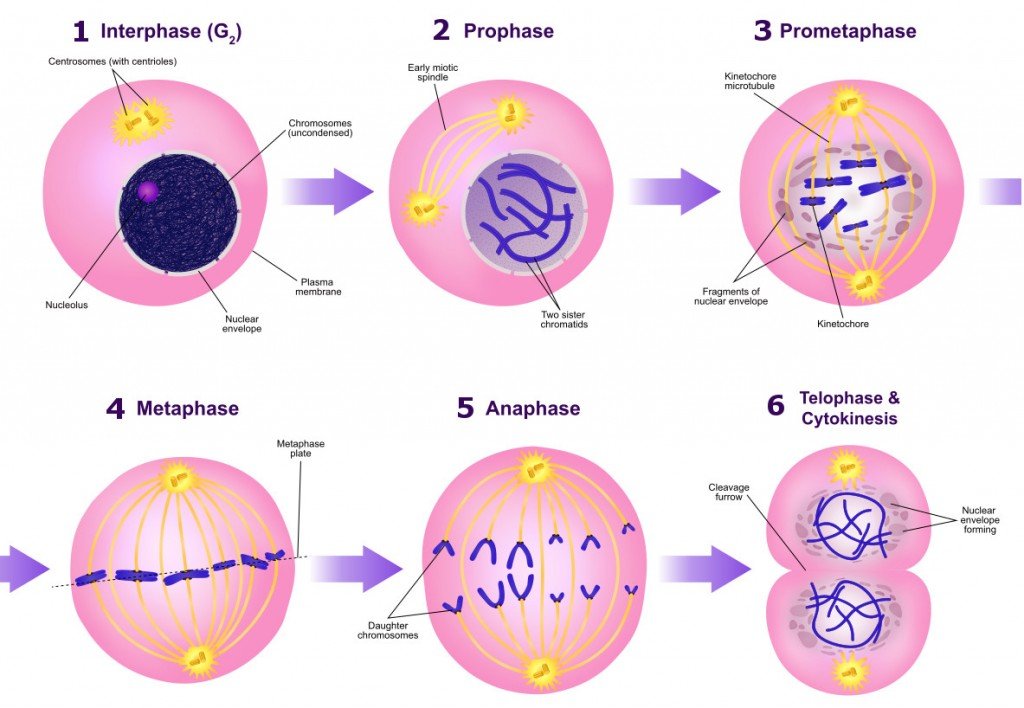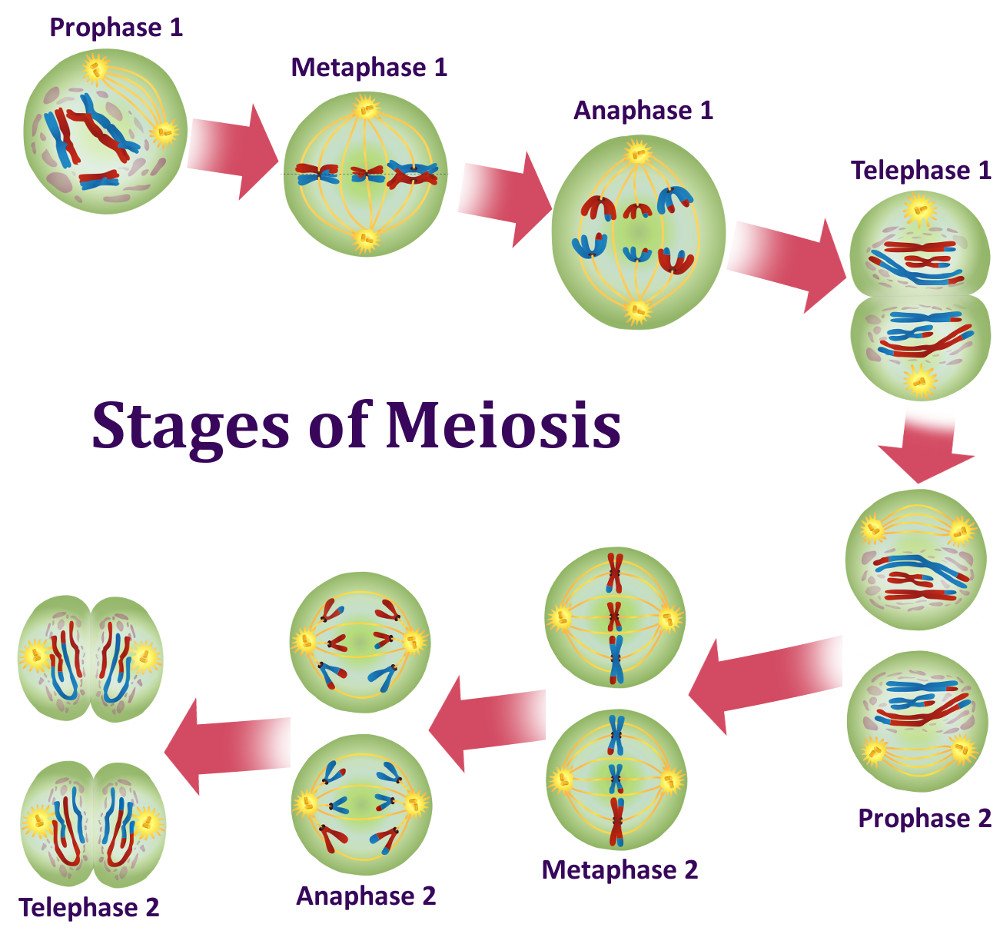Table of Contents (click to expand)
Cell division is the process that cells use to duplicate themselves. There are two main types of cell division: mitosis and meiosis. Mitosis is the process that cells use to duplicate themselves for growth and repair. Meiosis is the process that cells use to create gametes, such as sperm and eggs.
We are born as little babies and grow up into an adult, but what is the process behind this growth? In addition, we all know about sperms and eggs, so do they have the same process to produce them or is it different? Well, cell cycle has two ways about it. First is Mitosis and the second is Meiosis. Mitosis is what gets us from a zygote to a full-grown adult while meiosis makes gametes or sex cell, i.e. sperm and egg.
Cell Cycle: Interphase And Mitotic Phase
Before we start with understanding these two processes, we need to know few things. First term is the cell cycle. The cell cycle is a sequence of events that happens before the cell finally divides and forms two daughter cells. It has two main phases known as Interphase and Mitotic phase. The interphase is divided into three phases, which are G1 (First Growth), S (DNA Replication) and G2 (Second Growth). During Interphase, the cell is preparing for the mitosis.

Haploid Vs Diploid
Next are haploid and diploid. Haploid refers to a single copy of chromosomes in a cell while diploid is for two copies of the chromosomes. Human cells are diploid. We get one copy from our father and one from our mother. However, the gametes or sex cells are haploid.

Finally, we need to know the cell organelle which plays an important part in mitosis/meiosis. They are centrosomes. Centrosomes are made up of microtubules and centrioles. Microtubules form the spindle fibers and centrioles help organize the spindle into proper formation.
Now we can pay to attention to the cell division process. Both of them have the same phases, namely, prophase, prometaphase, metaphase, anaphase, telophase and cytokinesis.
Also Read: What Is Meiosis? Definition And Stages
What Is Mitosis – The Equational Division
The cell grows and prepares itself for the mitotic division in its interphase. This involves duplication of centrosomes, chromosomes and other cell organelles. The chromosomes duplicate and form sister chromatids which are joint in the centre via centromeres. These chromatids will split during mitosis and two daughter cells will get one each. This replication and equal division of chromosomes is the reason for the term ‘equational division’.
- Prophase – The chromatin begins to condense and the centrioles move towards the opposite ends. The microtubule fibers cross the cell to form mitotic spindle.
- Prometaphase – It begins with the dissolution of nuclear membrane. Proteins attach to the centromeres and form Kinetochores and the fibers attach to them. The kinetochores are one per chromatid. They are at the center of chromosomes. Once attached, the chromosomes start to move towards the center.
- Metaphase – The spindle fibers help in aligning the chromosomes in a straight line at the centre of the cell. This line is called the metaphase plate. Such an alignment helps in proper separation of chromosomes and ensures that each daughter cell gets one copy of the chromosomes.
- Anaphase – In this phase, the chromatids separate at the kinetochore. After separation they begin moving to opposite ends. The movement is a result of kinetochore action along the fibers and the physical interaction of the polar microtubules.
- Telophase – The chromosomes reach the opposite ends and expand. Formation of nuclear membrane also begins. Finally the spindle fibers disappear and cytokinesis begins.
- Cytokinesis – This procedure is the separation of the two daughter cells. A fiber ring made up of actin (protein) forms around the centre of the cell and pinches the cell to make it split into two diploid (46 chromosomes) daughter cells.

Also Read: What Is Cytokinesis?
What Is Meiosis – The Reductional Division
Meiosis is used to produces gametes or sex cells. Even though the phases involved are similar to that of mitosis, there are few things that are unique. The process takes place in two parts.
- Meiosis I – This process gives us two haploid daughter cells.
- Prophase I – After DNA replication and formation of sister chromatids, homologous chromosomes pair up and form synapsis. These paired chromosomes are known as bivalents. Chiasmata is formed which causes genetic recombination as the genetic content is exchanged. This step is important as it leads to genetic variability.
- Prometaphase I – The nuclear membrane disappears and kinetochore is formed. Each chromosome has one kinetochore instead of each chromatid. The spindle fibers attach and the chromosomes move to the middle.
- Metaphase I – The bivalents align in a straight line at the metaphase plate. The orientation of chromosomes is random as any of the parental homologue can be can be on either sides.
- Anaphase I – The chromosomes, each with two chromatids separate and move to the opposite poles.
- Telophase I – The nuclear envelopes appear and cytokinesis is initiated. This gives us two haploid daughter cells but with two sister chromatids.

In meiosis two, there is no S phase i.e. no duplication of chromosomes. The process is similar to mitosis as the two sister chromatids are separated and the two haploid daughter cells form four haploid (23 chromosomes) cells with single chromatid. This reduction in the number of chromosome number is the reason for naming meiosis as ‘reductional’ division.
How well do you understand the article above!

